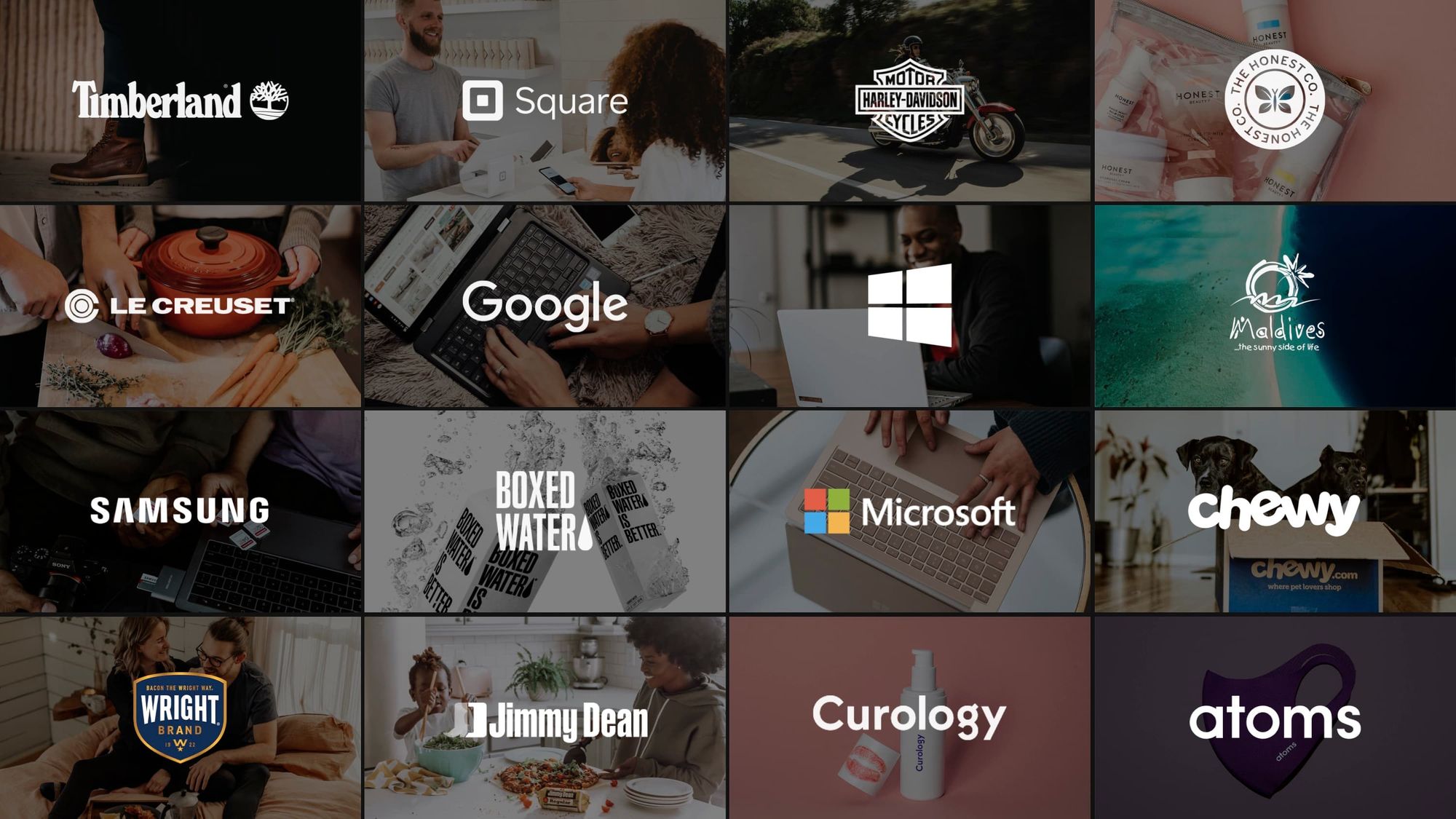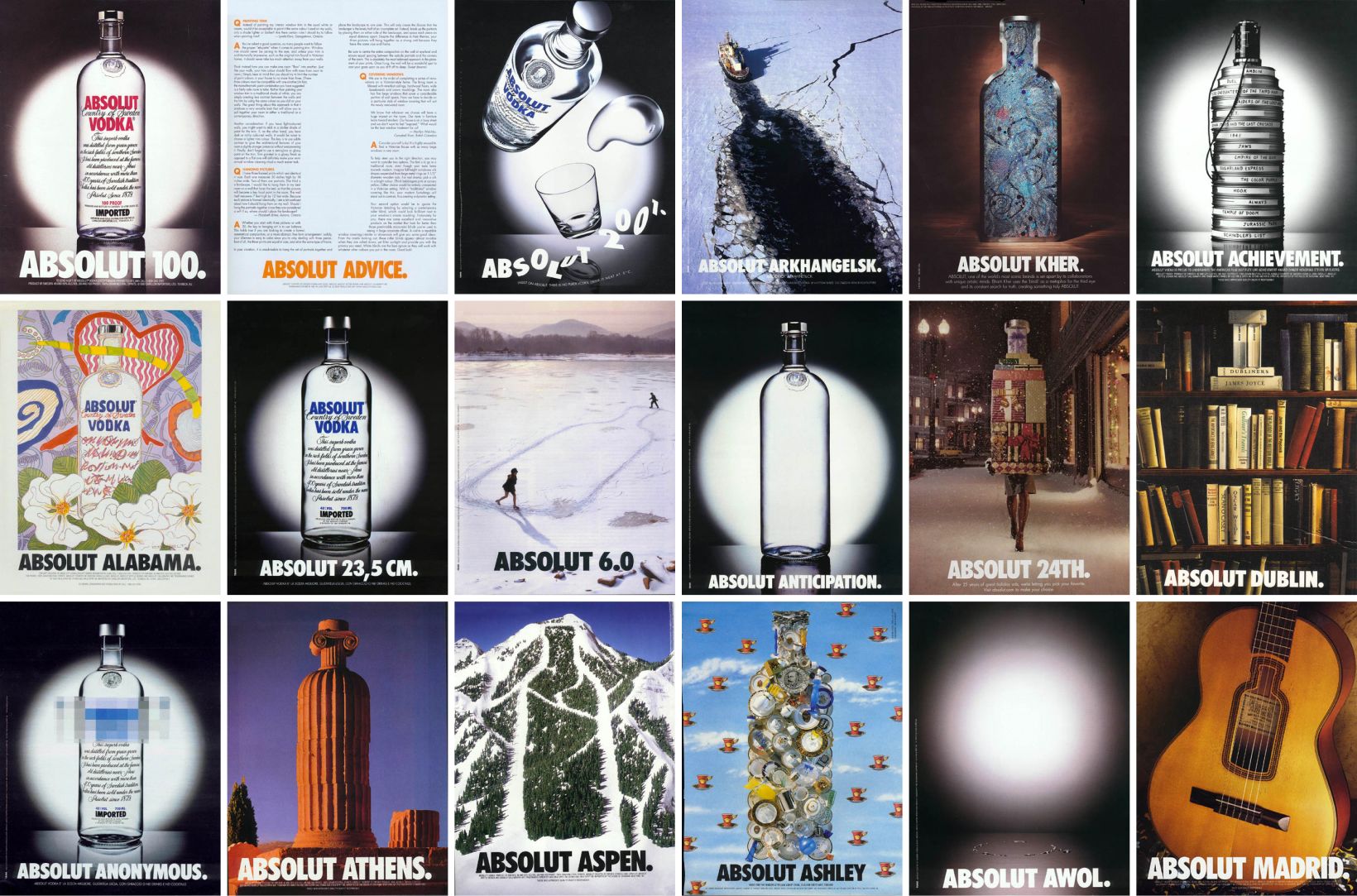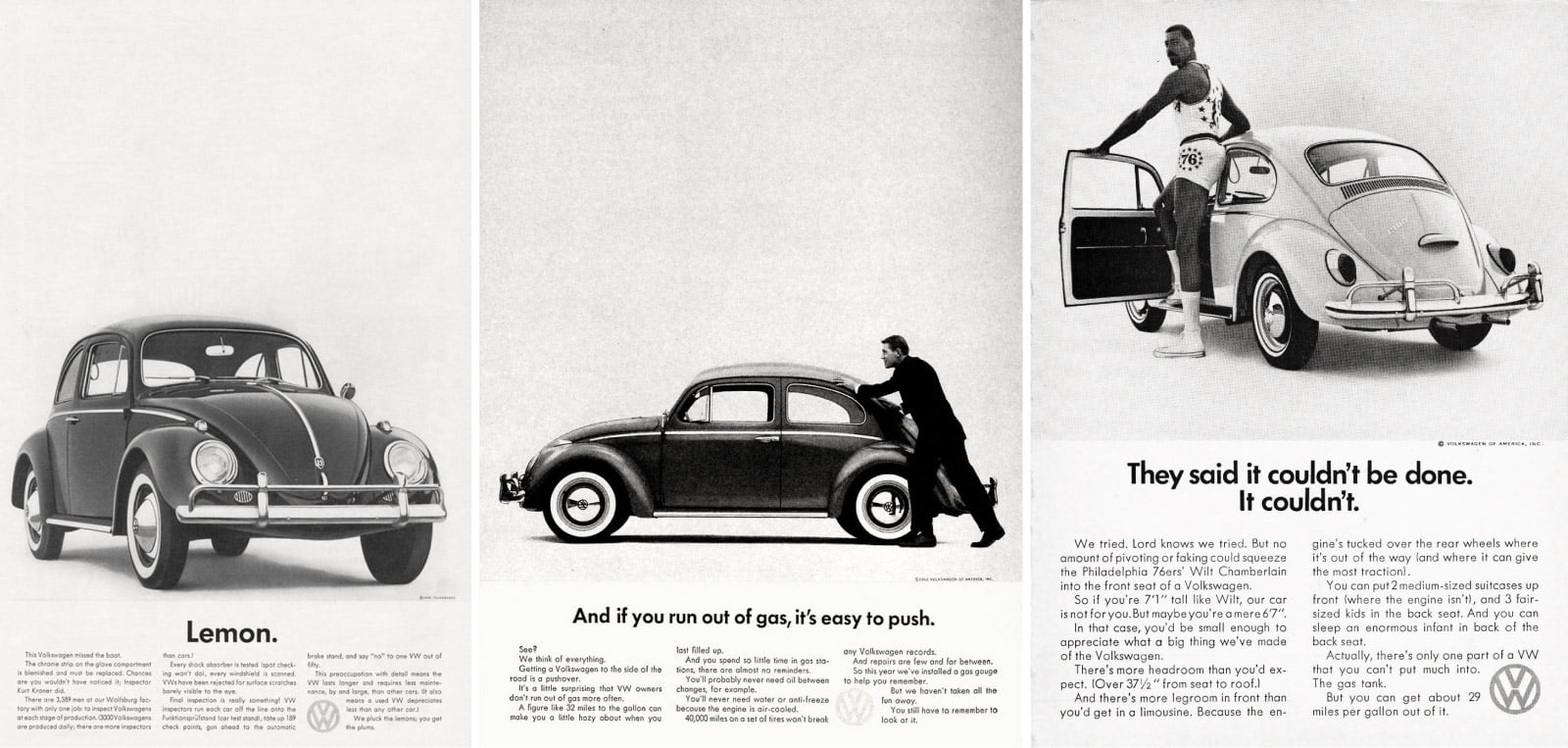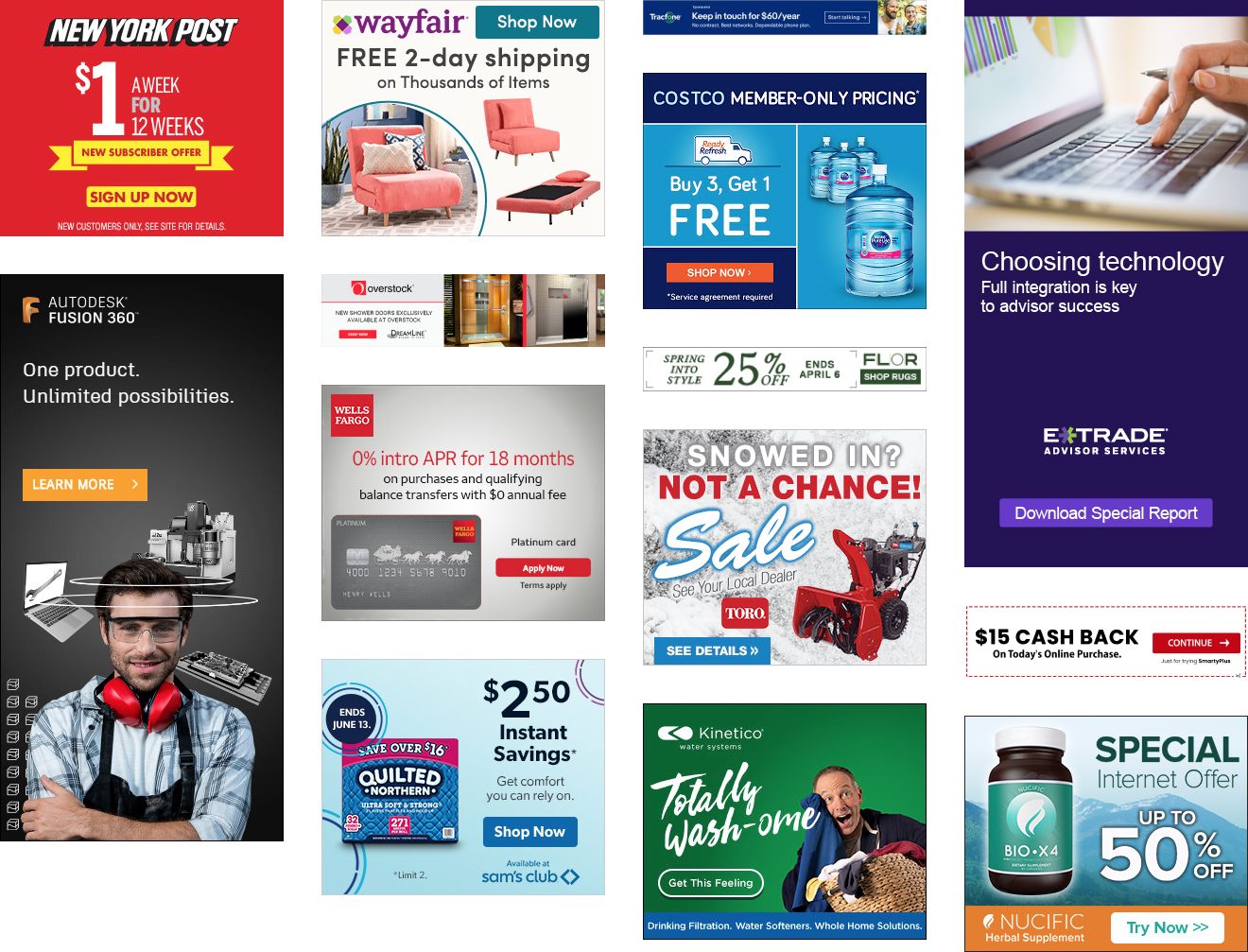No one likes ads. So let’s do something about it.
Madison Avenue, we’ve got a problem. Creative is dead and the spreadsheets and algorithms murdered it. The bots have triumphed and the result is mind-numbingly dull. “Nobody gets fired for buying IBM,” they used to say. Now, nobody gets fired for buying Facebook ads.
We all know there’s a better way than annoying people. Advertising shouldn’t push against what people want, it should align with what they want. That’s why at Unsplash we’ve decided to build our business on a new model we call Open Source Advertising.
Open Source Advertising: the act of promoting a brand by releasing media (especially images) featuring its product(s) to the public to use and distribute free of charge.
The brands we partner with say it’s like product placement for the internet. Content featuring a brand gets picked up and repurposed by creators, spreading organically across the internet via articles, blog posts, presentations, and social media.
The end result is a path far superior to the model that currently frustrates consumers and advertisers alike. And we know because it’s working for the creators and brands we partner with at Unsplash every day.

Bring creativity back to advertising
People hate ads these days. They’re annoying, creepy, and interrupt you from getting what you want. Facebook, Google, and YouTube could have changed the game, but instead they pushed the industry even further toward the dark side.
But once upon a time, before clicks ruled, ads aimed to be compelling. Think of the classic campaigns from Apple, Volkswagen, Absolut, and Nike.

During this era, advertising was about more than conversion; it wanted people to feel something. It relied on great creative (and memorable visuals) to earn people’s attention instead of privacy invasions and targeted ads to buy it. As a result, brands got the best of both worlds: sales and long-term brand equity.


Sadly, we’ve lost those great, Ogilvy-esque, creative campaigns and replaced them with the digital equivalents of windshield flyers, direct mail campaigns, and door tags. What a snooze.
The enemy: the advertising-industrial complex
Who’s to blame? The advertising-industrial complex, which sells an outdated approach over-reliant on interruption, programmatic ads, and creepy privacy invasions. It’s the result of an industry that’s gained enormous power yet is built on a house of cards.
Big Ad loves to tell brands how their ads reach millennials and how video is “sexy.” But here’s some numbers Big Ad doesn’t want you to see:
- From 2018 to 2019, the total number of devices around the world with ad blockers rose from 142 million to upwards of 615 million. (source)
- 45% percent of people report “I don’t notice online ads anymore, even if I don’t block them.” (source)
- 96% of consumers don’t trust ads. (source)
- 96% of US people opted out of app tracking in the latest Apple iOS. (source)
Consumers aren’t the only ones suffering; brands are victims too. They are forced to keep throwing money into the advertising-industrial complex pipeline in order to reach a ton of people, but wind up infuriating many of them while converting only a tiny fraction. In the short-term, this drives some sales. But in the long-term, this negatively impacts their brand by annoying more and more people. And with a diluted brand, you have to keep spending increasing amounts to get new customers. Big Ad wins again and brands lose. What a rotten system.

Intention instead of interruption
Open Source Advertising is built on a model of intention instead of interruption. It gets branded content into the hands of the creators and curators who fuel online media who, in turn, repurpose it for their audiences.
This process provides a different (and better) kind of origin story; one that’s organic instead of processed. The inciting interaction isn’t “this is an ad,” it’s “I’m a creator and I need an image so I can make something I care about.” It’s an organic way to align brands with publications and creators; these people then use that brand imagery to tell stories to an audience which already trusts them.

Planned authenticity
Brands have been forced to choose between the playfulness of creative marketing and the mass reach of paid media buying. With Open Source Advertising, you can have both.
Think of the Ocean Spray-sipping skateboarder (real name: Nathan Apodaca) gliding down the highway while grooving to Fleetwood Mac. The clip was everywhere online, racking up tens of millions of views. That’s the kind of thing a brand can’t plan, it can only happen organically.

However, brands can’t just sit around and wait for this kind of lightning to strike; they need to plan budgets and they need advertising that scales. As a result, programmatic ad budgets have grown exponentially even though they yield inferior results to something that’s organically viral like the Ocean Spray video.
Open Source Advertising delivers the best of both worlds. It puts your brand in the hands (and phones/laptops) of millions of creators like Apodaca. And when you let creators use your images, they wind up everywhere. This kind of brand planting is a natural way to provide scale while retaining the unique, authentic feeling that results when a creator uses a brand in what they’re creating with genuine intent.
“But will my brand be safe if go this route?” Yes. Here’s why you shouldn’t worry: First, under intellectual property law, you have the ability to issue a takedown notice to remove content that negatively infringes on your brand. Second, there’s minimal risk that creators will use your brand imagery in a negative way. We’ve had over 35 million image downloads of branded content yet there have been only five instances of inappropriate usage. Basically, it’s a non-issue. Why? In large part, it's because Unsplash is a curated environment. Only one in a hundred images meet the submission guidelines of Unsplash. High quality visuals result in high quality usage. Plus, brands get to choose which visuals they want to share in the first place. It’s tough to smear a brand by using its preferred content. When you consider the upside (i.e. creators spreading your brand visuals in a positive way to millions of people), the opportunity is exponentially greater than the risk. Give creators a permission slip; don’t be afraid to go viral.
Authentic enthusiasm from trusted creators
The most valuable digital real estate is not for sale, it’s owned by creators who have earned the trust of their loyal audiences. Open Source Advertising allows brands to align with these creators in a symbiotic way that benefits everyone involved.
Why creators like it:
- They want free and permissionless images.
- They want high-quality visuals instead of generic stock images.
- They want imagery that’s authentic and real (including logos).
- They want the option to incorporate brands when/how they want (or not at all).
Why brands like it:
- They wind up in the sandbox of creators who are highly trusted and know how to speak to their audience.
- Brands reach their exact audience but it’s done organically.
- They attain media placements that scale and enjoy its compound effects.
- Consumers trust these images used by someone they know more than random “media units” that interrupt their day.
- The image usage doesn’t originate in a paid transaction, it begins with the creator’s authentic desire to show the brand. There’s no substitute for authentic enthusiasm.
- The brand is shared without interrupting or distracting viewers.
- A bridge of trust is maintained between creator and audience. Creators are using this content because they want to, not because they’re getting paid to.
Why consumers like it:
- They get compelling content from creators they enjoy.
- There are no privacy invasions or data harvesting.
- The content that’s created is authentic. No influencer payouts are involved.
- They don’t have to deal with annoying interruptions.
How Open Source Advertising works at Unsplash
Unsplash visuals dominate the internet – reaching an audience of more than 300 million people (and growing) across tens of thousands of the internet's most popular platforms and websites each month. As the internet becomes more visual, Open Source Advertising is a way for brands to ride that wave.
Here’s how it works:
- Get images. Unsplash works with brands to find visuals that align with the goals of the campaign (if none exist yet, we help find photographers to create them). The goal is for the brand impression to be obvious but not obnoxious.
- Images appear in results. The images then appear promoted across relevant searches on Unsplash where they’re downloaded by creators.
- Creators use images. Creators search for visuals they want to use in their creations and spread them online. (Good news for brands: Creators tend to use branded images at the same rate they use other images on Unsplash.)
- The creator's content is viewed by audiences who trust the maker. Image views spread exponentially, driving awareness to the brand and its desired positioning.
- Brands get results. Unsplash tracks results via API integrations and reverse image searches revealing the articles, images, and other creations using the brand’s image.
It’s the perfect way for brands to achieve relevance at mass scale. It’s as if a brand had the option to get its press kit into the hands of millions of creators eager to use its hi-res brand imagery.

Proof it works:
- Brands we’ve worked with have gotten over 7 billion impressions. This brand planting has resulted in over 35 million uses of brand visuals in major publications, blog posts, Instagram posts, keynote presentations, and more.
- According to brand lift studies conducted by the research firm Kantar, Unsplash outperforms TV and existing digital channels, including Instagram, by 2x-5x.
- 92% of the brands that have tried an Open Source Advertising campaign with Unsplash are still working with with us today.

An alternative to Big Ad
Open Source Advertising provides a new way. It’s less interruption, more intention. Less invasion, more opt-in. Less friction, more freedom. Less buying attention, more earning it. It’s the antidote to the advertising-industrial complex. And phew, we need that right now.
If you’d like to learn more about Open Source Advertising, get in touch.
We'll be sharing more of our point of view on advertising and updates on Unsplash for Brands. If you'd like to see them, you can subscribe to our new newsletter here:
